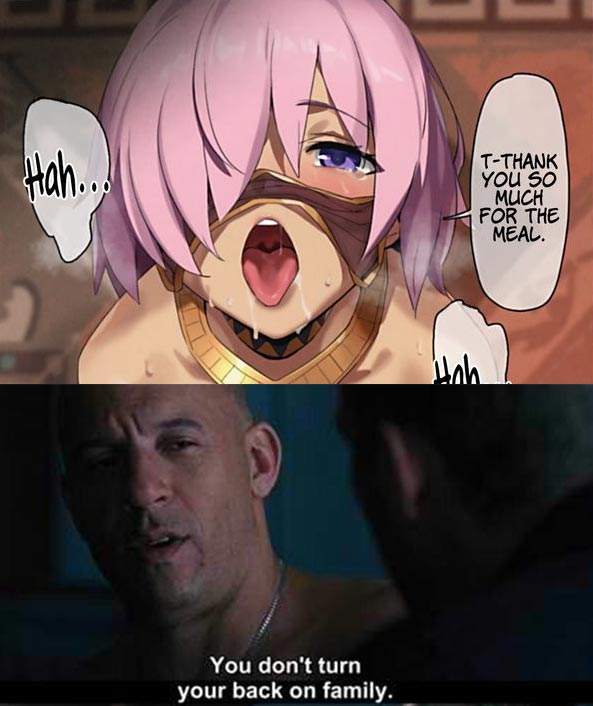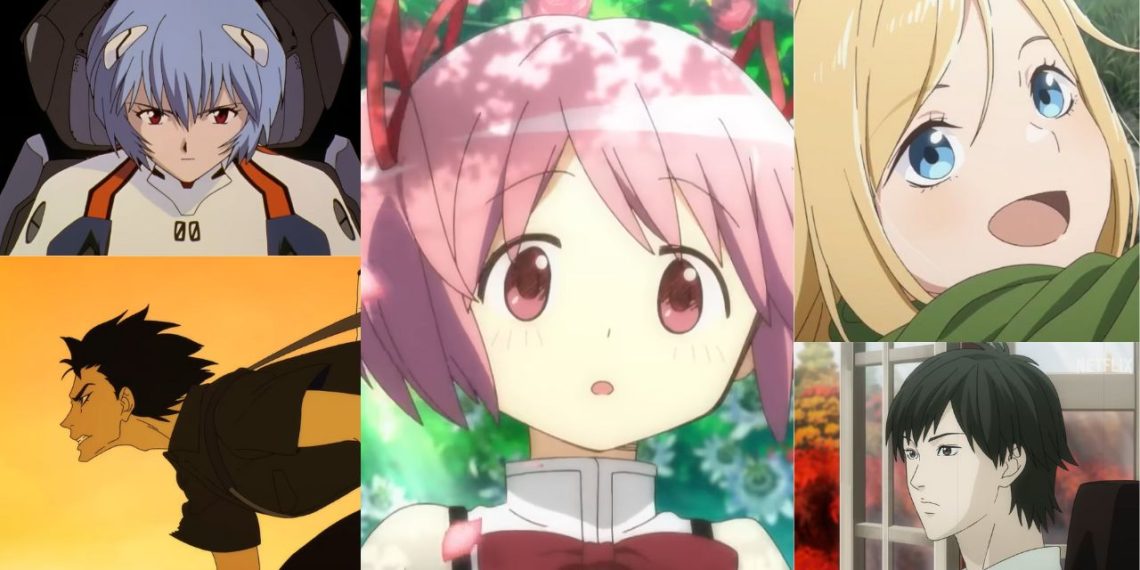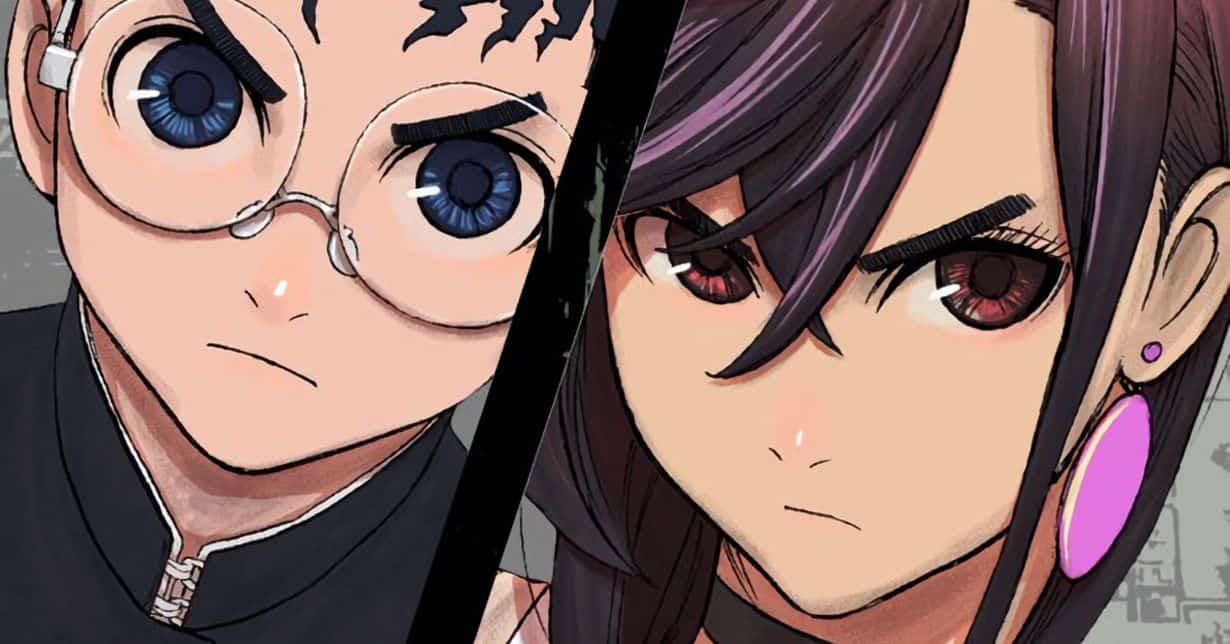Prepare yourself for spine-chilling adventures in the top Lovecraftian anime. H.P. Lovecraft, known for his deep-seated fears and biases, infused his stories with unimaginable horrors.
His works are renowned for portraying unfathomable, incomprehensible terrors. The world he crafted, filled with ancient entities and characters driven to madness merely by uncovering them, has left an indelible mark on horror entertainment for years.
Anime stands out as a prime platform for showcasing otherworldly beings and encounters. It might even excel in capturing these fantastical elements.
Numerous creators explore themes revolving around humanity’s interaction with the supernatural and the vast cosmos.
They explore the unraveling of individual minds and societies at large. While not all anime in this genre strictly fit into horror, they resonate with Lovecraft’s fascination with strange science. This allows for a fusion of different genres within the medium.
1) Neon Genesis Evangelion
Right from its debut episode, Angel Attack, it’s evident that Evangelion isn’t your typical mecha anime.
The Angels, with their various forms and terrifying abilities, pose a threat not only to the physical well-being but also the mental stability of the young EVA pilots.
Engaging in battles with these entities puts their lives and sanity on the line. One memorable encounter is when Asuka faces Arael, whose intense psychic assault leaves her incapacitated for the remainder of the series.
In both the original final episodes of the series and the movie “The End of Evangelion,” the Lovecraftian influence reaches its peak.
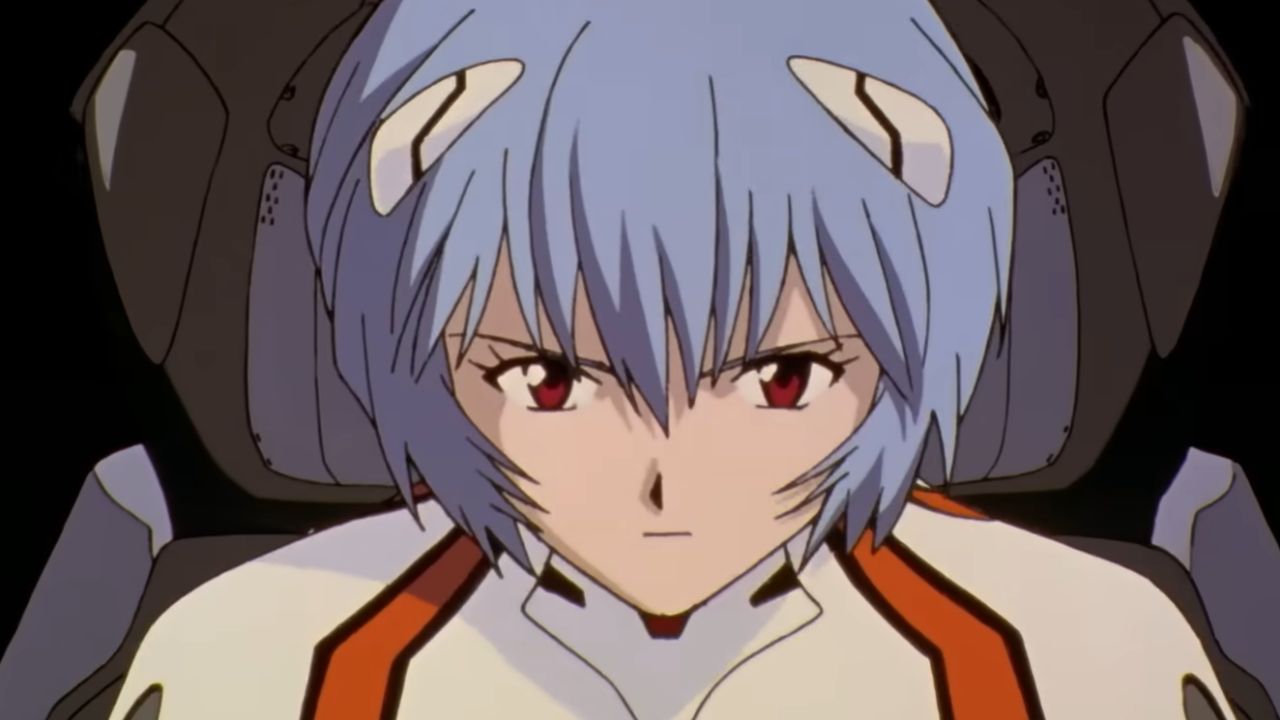
The awakening of Lilith sets off Instrumentality, a process that strips away the individuality of every human on Earth, plunging them into a state that defies understanding.
Amidst this chaos, Shinji grapples with his own psychological and emotional struggles, faced with the daunting choice between preserving humanity or succumbing to oblivion.
2) Puella Magi Madoka Magica
While many magical girls confront abstract and formidable forces, such as the Sailor Senshi battling the concept of Chaos in Sailor Moon, Madoka faces a plethora of Lovecraftian horrors.
Entering a witch’s domain means delving into a nightmarish labyrinth crafted from the darkest memories and emotions of past magical girls, where death lurks at every turn.
But what’s even more chilling is the revelation behind Kyubey’s species orchestrating the entire system of magical girls turning into witches.
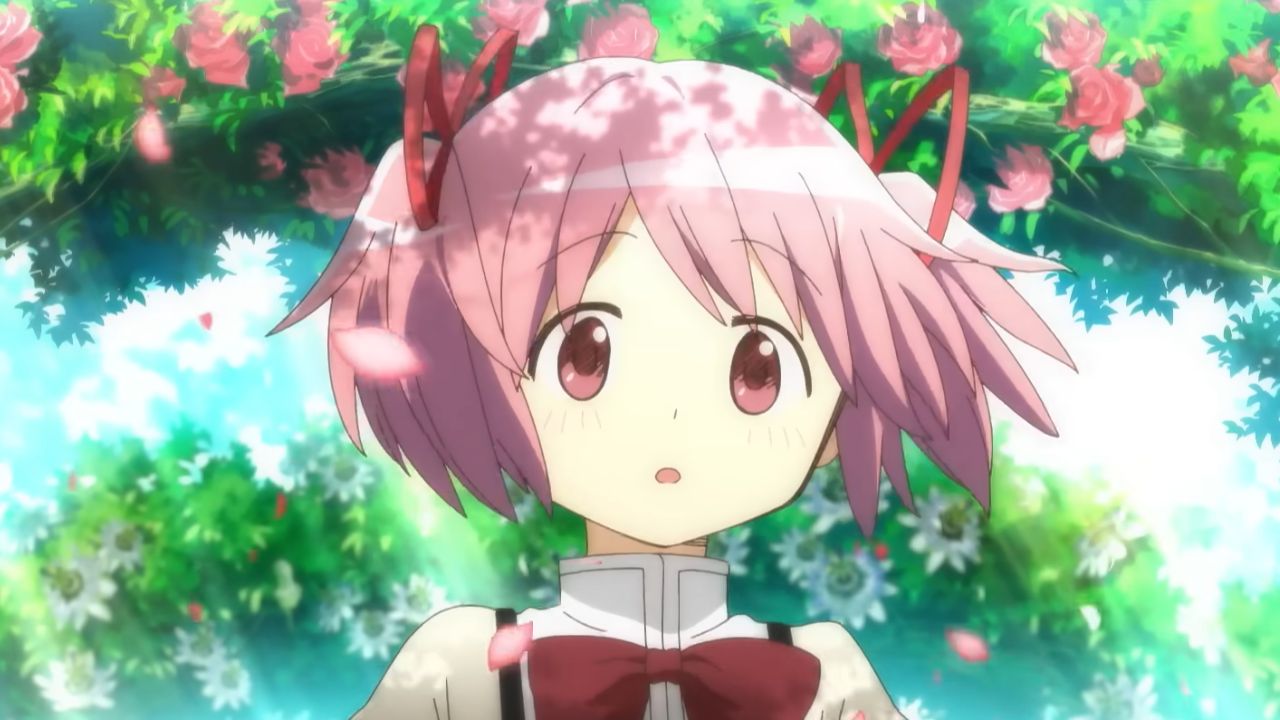
They’re combating an even more unfathomable adversary: the inexorable heat death of the universe. Somehow, this impending cosmic demise can be postponed by sacrificing the purest emotions of young children.
The show transforms a natural phenomenon into a cosmic horror, an invisible and barely comprehensible threat that, due to the manipulations of the Incubators, is already claiming lives.
3) Devilman Crybaby
In numerous interpretations, the infernal forces of Hell share similarities with the creatures of Lovecraftian lore. Akira Fudo learns this the hard way when he is assaulted by demons and forcibly merged with one.
Empowered by Amon, Akira endeavors to protect humanity from the onslaught of demons. However, he soon discovers that the task is far from simple or straightforward.
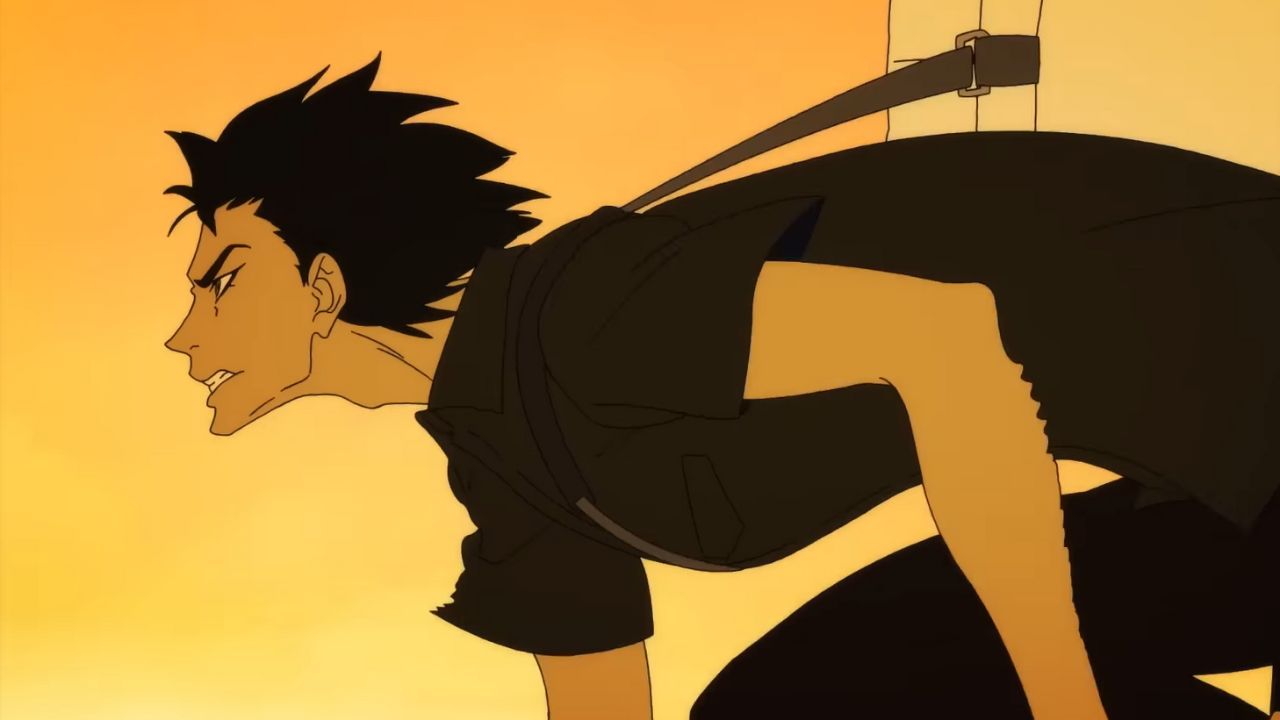
Akira becomes a champion for humanity, a daunting task in a world where, echoing Lovecraft’s views, humans are akin to ants in comparison to supernatural beings.
Despite his valiant efforts, he finds himself and the Earth besieged by forces far beyond his control. To make matters worse, even those he believed were his closest allies harbor dark secrets and hidden agendas of their own.
4) AKIRA
Lovecraft’s anxieties extended beyond the decay of the individual to encompass the collapse of society itself. In the near future depicted in AKIRA, Tokyo lies in ruins after war, desperately attempting to rebuild.
Despite its advanced technology, heavily armed military and police forces, and even its grand Olympic stadium, the city is rife with corruption. Its inhabitants are discontent, distrusting, and prone to violence and unrest.
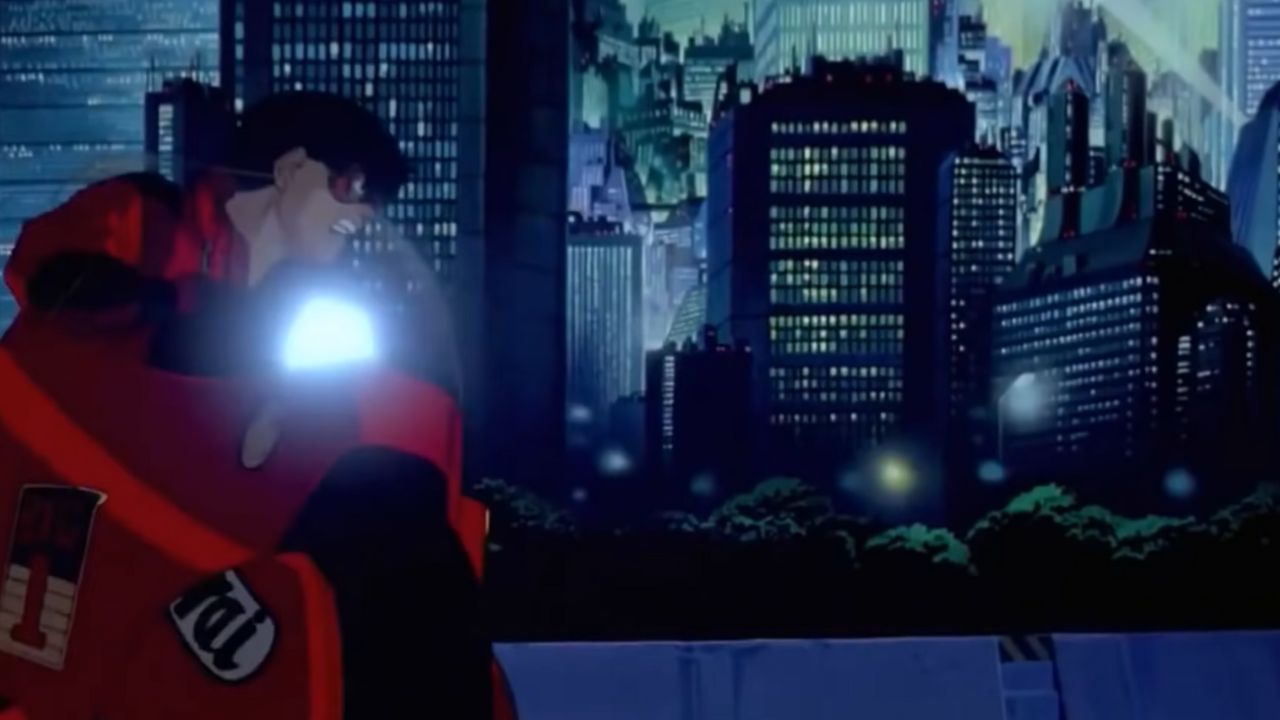
For Tetsuo Shima, life in Neo-Tokyo was already challenging enough. However, when he inadvertently acquires psychic abilities, all his pent-up resentment, anger, and longing for strength erupt to the surface.
Unfortunately, Tetsuo lacks understanding of the powers he now wields, and it proves to be a costly mistake.
As he loses control, he not only descends into madness but also forfeits his humanity in one of the most terrifying body horror anime.
5) Serial Experiments Lain
Receiving a message from a classmate wouldn’t typically be a shocking event, but for Lain Iwakura, it’s utterly bewildering. She’s convinced her classmate has died.
However, according to Chisa Yomoda, death isn’t the end. Instead, she claims to have transcended into a higher state of existence known as the Wired.
In Lain’s town, young people connect to the Wired through the Internet, encountering unimaginable experiences and beginning to regard this digital realm as something divine.
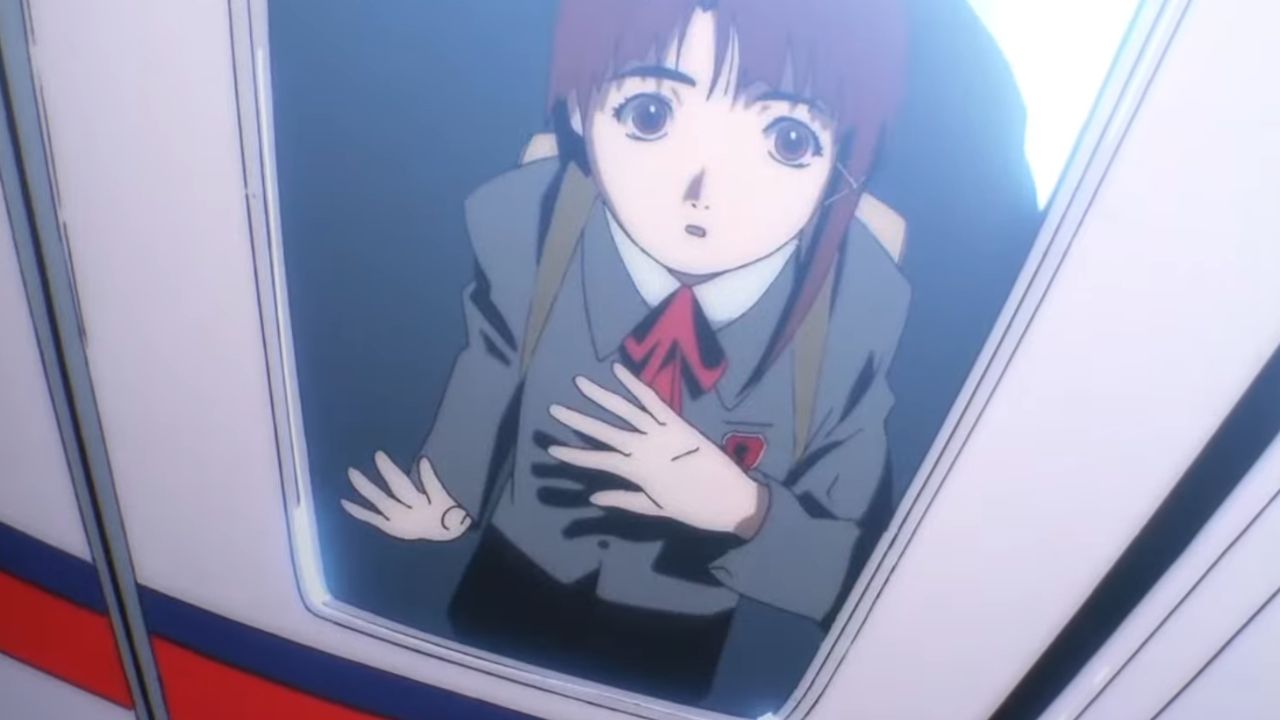
Lovecraft delved into the transfer of consciousness across bodies and through space and time, as seen in works like The Shadow Out of Time.
Serial Experiments Lain explores similar themes, but instead of Lovecraftian monsters, it’s cutting-edge technology that takes center stage.
Innocently connecting to this new tech, Lain is thrust into a far-reaching conspiracy and faces the frightening prospect of losing her own identity.
6) Paprika
One of the standouts works from renowned director and writer Satoshi Kon is this mesmerizing journey into the realm of dreams.
Lovecraft often asserted that some of his tales were born from his own dreams, while many protagonists in his stories grapple with terrifying nightmares and an overwhelming dread of sleep.
Experiencing the ramifications of the DC Mini device depicted in this film would likely leave anyone afflicted with unshakeable insomnia.
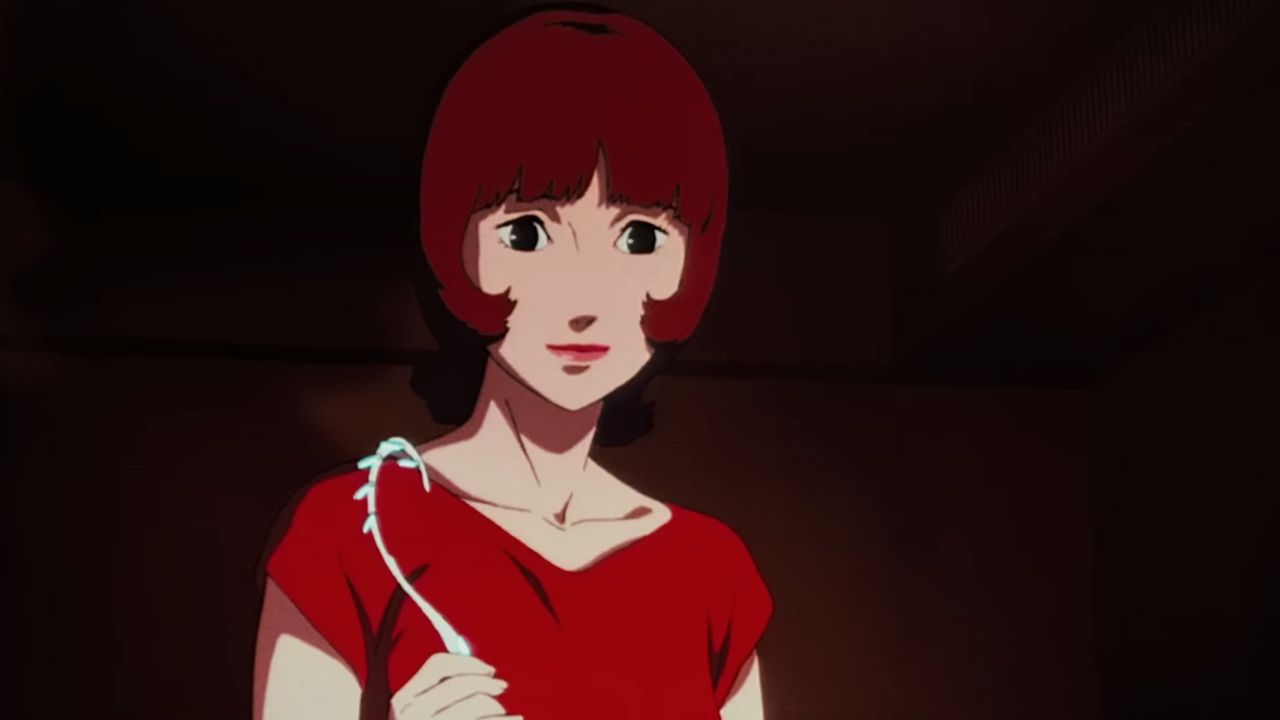
As Dr. Atsuko Chiba, her alter ego Paprika, and their companions pursue the terrorist who pilfered the device capable of infiltrating others’ dreams, they face the manifestation of their deepest innermost thoughts.
If a person remains trapped in the dream for too long, they risk enduring permanent mental and physical trauma, or even attempting to end their own life.
In the film, encountering one’s own subconscious proves to be as devastating as encountering a Lovecraftian horror.
7) Berserk
Guts faces a tough time, standing out as one of the few anime protagonists with a notorious reputation within his own world.
To many, he appears as a wandering menace, indiscriminately slaying innocent folk without a hint of remorse. However, much like the seemingly deranged inmate in a Lovecraftian asylum, Guts holds a deeper understanding of the true nature of the world.
Guts primarily battles Apostles, humans twisted into savage monsters by a deadly mix of despair and the demonic influence of the God Hand.
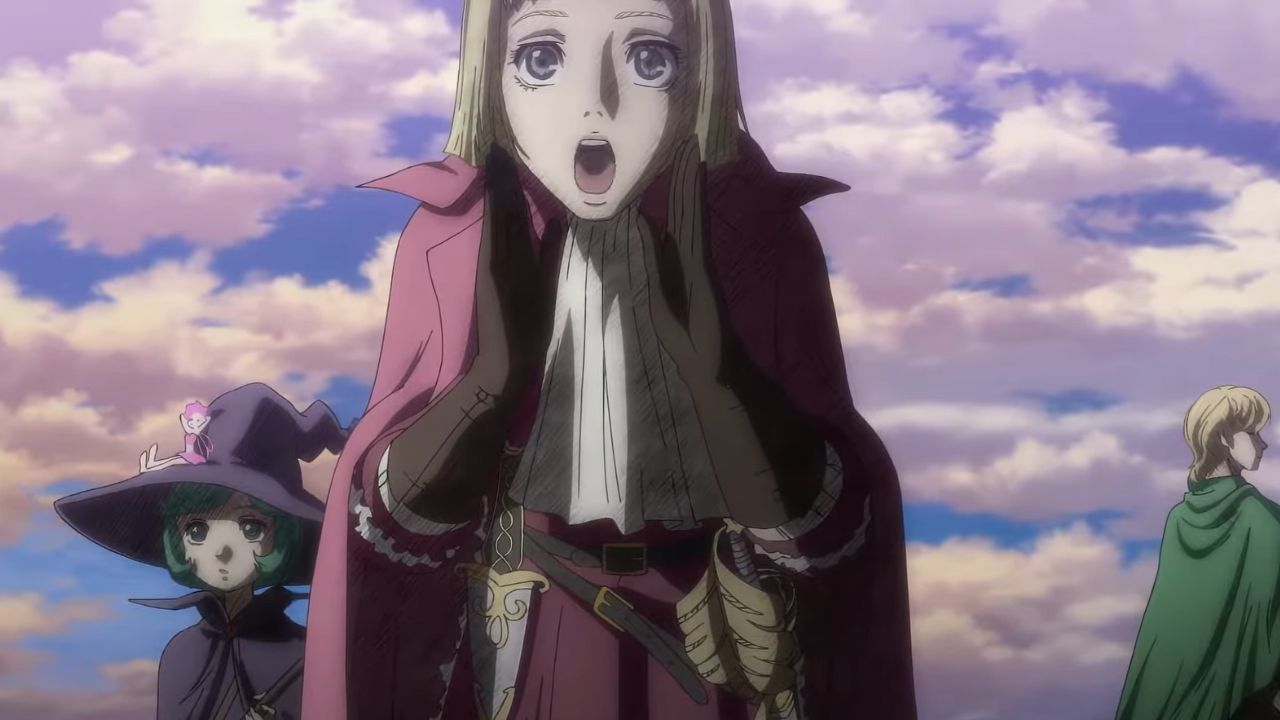
In the manga, these creatures are portrayed as even more horrifying, thanks to Kentaro Miura’s incredibly detailed and intense artwork.
From the start of the series, there’s a lingering question about whether humanity has any say in its own destiny or if their tragic outcomes are predetermined by an indifferent higher force.
8) Itou Junji: Collection
Junji Ito stands as one of the most renowned horror manga artists for a compelling reason. His unsettling drawings, filled with intricate detail, paired with the bizarre premises of his stories, distinguish his work in a manner that many animated adaptations struggle to replicate.
The unsettling ambiance, themes of absurdity, and the notion of humanity grappling with knowledge beyond its grasp in his creations strongly echo the spirit of Lovecraft.
In Junji Ito’s stories, the protagonists are ordinary individuals, lacking any forewarning of the horrors about to befall them or understanding of why they are targeted by these terrors.
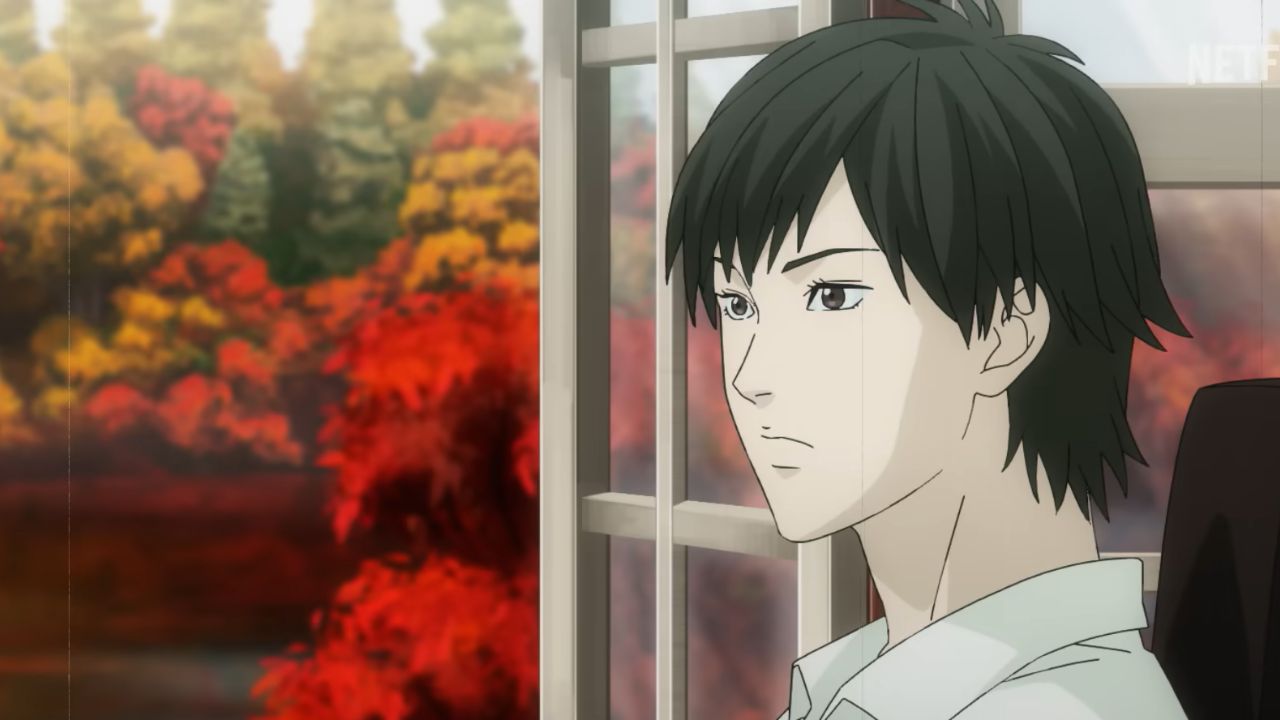
Even if they manage to uncover a name or a clue about the background of their tormentors, it rarely aids them in escaping with their lives, bodies, or sanity intact.
It’s exceedingly rare for a Junji Ito protagonist to emerge from their ordeal with all three intact. Explanations are often withheld from the audience, contributing to an unsettling and unresolved experience.
9) Otherside Picnic
Sorawo Kamikoshi and Toriko Nishina goes on perilous adventures into a realm they dub the Otherside, an mysterious extradimensional space harboring gateways to various other worlds.
Their quest to uncover the mysteries of the Otherside and retrieve what’s been lost leads them to brave its wonders and horrors. Along the way, they unearth far more than they ever anticipated.
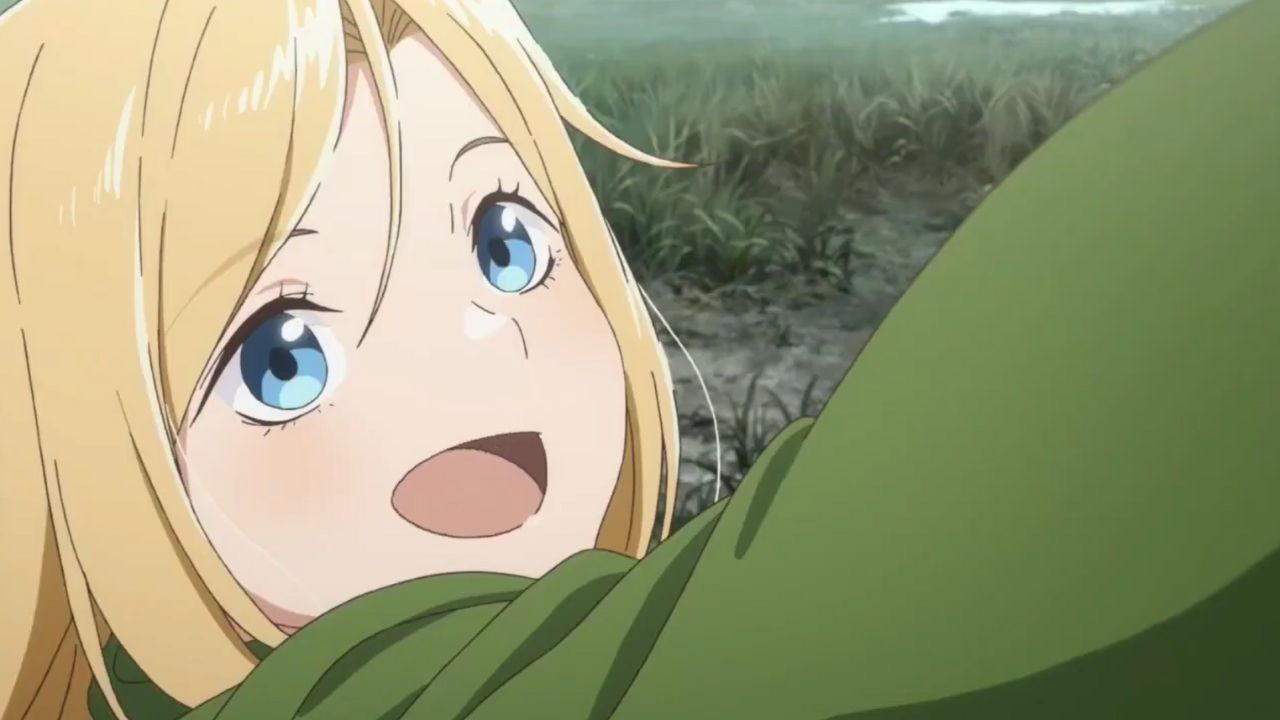
The portals of the Otherside offer boundless possibilities, but not all of them are benign. Throughout their journeys, the girls must flee from a variety of creatures, ranging from enormous insect-like beings to entities capable of driving humans to madness with a single glance.
Nothing in the Otherside is straightforward, with environments prone to fatal glitches and beings whose true nature remains imperceptible to humans initially.
10) Housing Complex C
In the first episode of Housing Complex C, viewers are thrust into a world of monsters and insanity. Flashbacks reveal brutal sacrifices.
A hikikomori consumed by research on the Cthulhu Mythos, and ominous chants summoning the Elder Gods. Despite the seemingly tranquil atmosphere of the town of Kurosaki.
It becomes evident that something sinister lurks beneath the surface. As horrors emerge, it falls upon the children residing in Housing Complex C to unravel the mystery and confront the darkness.
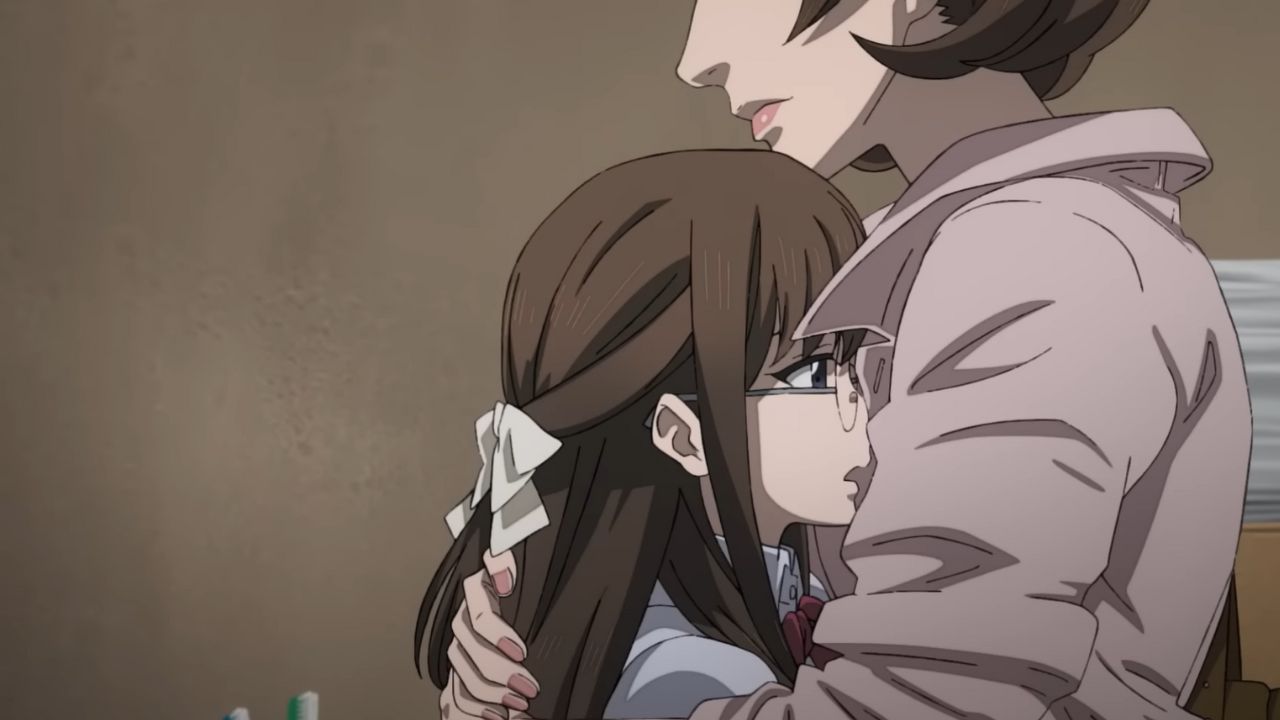
Regrettably, Lovecraft’s profound paranoia and ethnic biases heavily influenced his writing. When a group of foreign interns is welcomed to Kurosaki for training.
The tight-knit community of Housing Complex C harbors quick distrust and assumes the worst about them.
The lurking dark forces easily exploit these suspicions, leading to a dangerous escalation of anger, violence, and ultimately, murder.
Meme of The day
Zettai Mash Sensen
